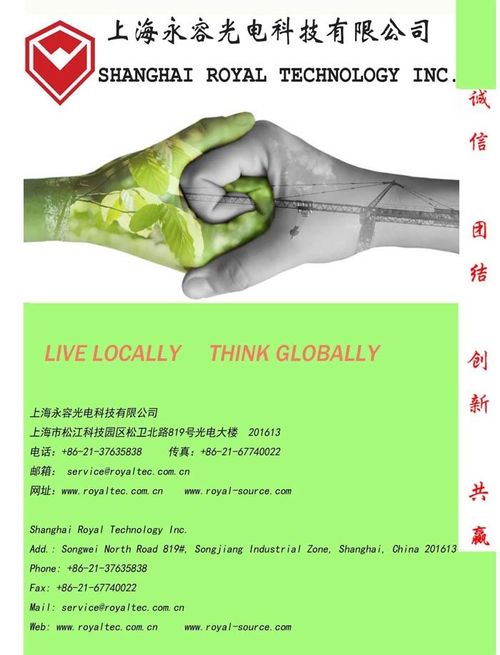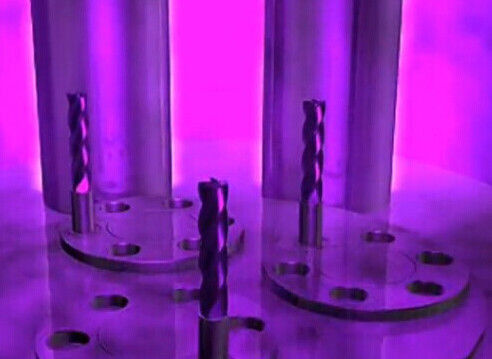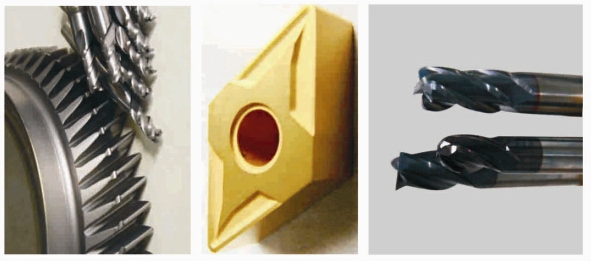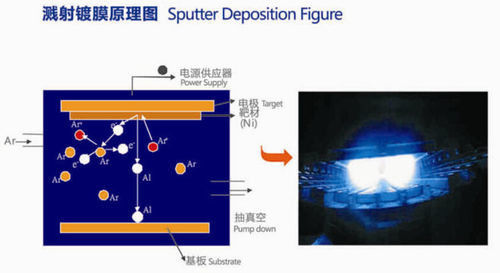Vacuum Coating Equipment Market Growth, Forecast And Analysis Report From 2016 To 2021
This report provides detailed analysis of worldwide markets for Vacuum Coating Equipment from 2011-2016, and provides extensive market forecasts (2016-2021) by region/country and subsectors. It covers the key technological and market trends in the Vacuum Coating Equipment market and further lays out an analysis of the factors influencing the supply/demand for Vacuum Coating Equipment, and the opportunities/challenges faced by industry participants. It also acts as an essential tool to companies active across the value chain and to the new entrants by enabling them to capitalize the opportunities and develop business strategies.
A vacuum thin-film coating system applies a thin coat on the object in a vacuum chamber. Although the thickness of the film varies from product to product, the average is 0.1 to several dozen micrometers, which is thinner than aluminum foil for household use (several dozen micrometers). Vacuum coating using vacuum environment through physical or chemical methods in order to coating a thin membrane in the surface of solid material (called a backing material, base board or substrate) such as glass, metal, ceramic, plastic or organic materials. The coating layer usually adopt materials such as metals, alloys and compounds which makes the base materials has some function, for example radiation protection, increase the transmitting, conductivity, permeability, insulation, wear resistance, high temperature resistance, corrosion resistance, oxidation resistance and decoration. The process is a method to achieve significant technical and economic benefit target, the purpose also including improve the product quality, promote environmental protection, saving energy, extend the product life and improve the original properties.
GCC’s report, Global Vacuum Coating Equipment Market Outlook 2016-2021, has been prepared based on the synthesis, analysis, and interpretation of information about the global Vacuum Coating Equipment market collected from specialized sources. The report covers key technological developments in the recent times and profiles leading players in the market and analyzes their key strategies.
The report provides separate comprehensive analytics for the North America, Europe, Asia-Pacific, Middle East and Africa and Rest of World. In this sector, global competitive landscape and supply/demand pattern of Vacuum Coating Equipment industry has been provided.
Source by SVC, Published on July 07, 2016




